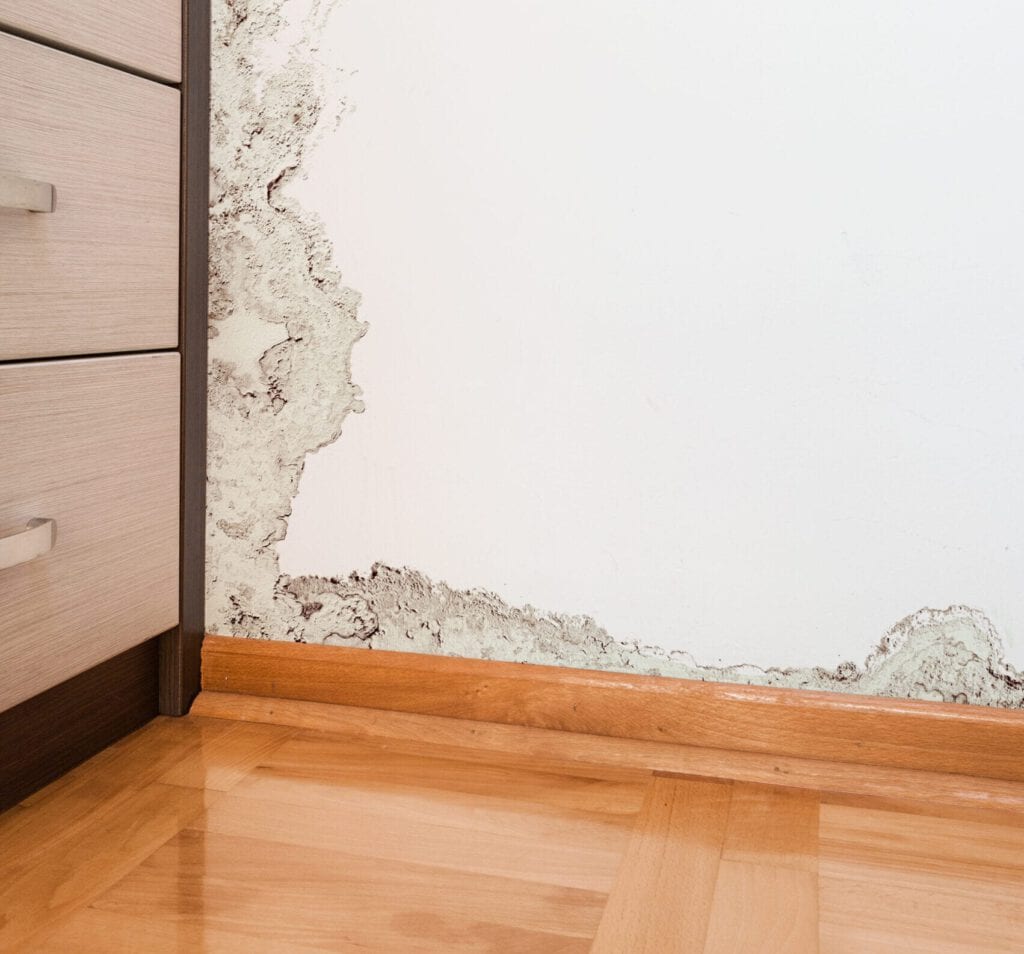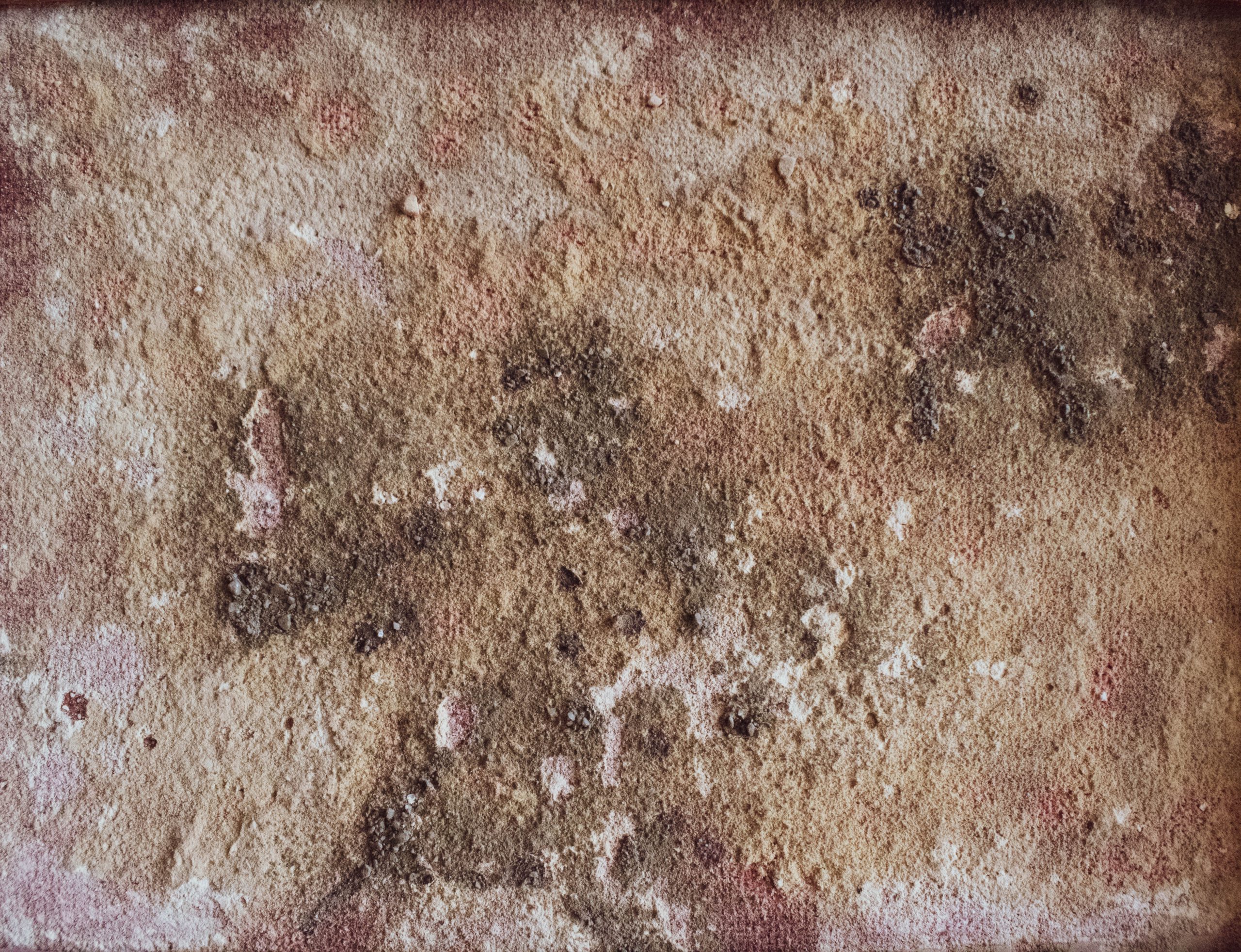Mold is a fungus made up of many tiny organisms. It can be found almost everywhere. It flourishes in warm, dark, and wet places, and it’s an important part of many ecosystems. Some types even provide chemicals used in medicine, such as Penicillin. Mold that infests your home is generally just a nuisance, and can even be dangerous to your health. Since there are over 100,000 species of mold, they’re not always easy to recognize. Often times, you can’t even see the mold itself until it has already become a major problem. Contacting a mold remediation expert is the best way to know for sure, but here are some signs to watch out for that there may be mold in your home.

Noticing Growth
Noticing the telltale black spots in the corner of your bathroom or dark stain in your grout is generally a sure sign you have a mold problem. However, there are many types of mold. Some of them aren’t always immediately recognizable. The most common colors of mold are green, black, grey, or white. It can be any color, including purple, pink, red, yellow, brown, blue, or orange. Since mold color can vary under different conditions and at different stages, there’s no way to determine its toxicity by its color alone. It’s important to treat any visible mold with the same level of caution. Contact a mold remediation specialist as soon as possible.
Persistent Odd or Musty Odors
This is one of the most well-known warning signs of mold. If you can’t seem to get rid of a weird smell even after you’ve vacuumed a dozen times, mold might be the culprit. It may smell stronger in one room or corner. In addition to the usual places, keep an eye – or nose – on air conditioning units and chimneys. The dark interior and condensation of an AC unit provide a perfect place for mold to thrive. This is especially true if it’s stored in a warm basement through the winter. Chimneys can also grow mold if the cap is damaged, where water and snow can seep in.
Water Damage
Mold loves wet, damp places. Seeing evidence of water damage could mean you have mold or you’re at high risk for it. Water damage can manifest in many different ways. Knowing what to keep an eye out for may help you nip the problem in the bud before mold ever develops. Here are some indications that you have water damage:
- Peeling wallpaper
- Chipped paint
- Off-color spots on walls and ceilings
- Rusty pipes
- Warped floorboards
- Lumpy attic insulation
If you already know you have a leak or recently had flooding somewhere, have a mold remediation professional come check it out, as it is likely to grow there.
Health Issues That Won’t Go Away
While most people know that toxic molds can have dangerous repercussions to your health, even the less dangerous kinds of mold can cause reactions. People that have a mold allergy or an existing condition like asthma may be affected more than others. Feeling like you have a cold or seasonal allergies that just won’t seem to go away could be a sign that there’s mold in your home. Other symptoms mold can cause include wheezing or difficulty breathing, headaches, fatigue, diarrhea, or itchy, irritated skin. The more dangerous molds that produce mycotoxins can have even more harmful effects, such as heart problems, internal organ damage, neurological damage, cancer, and even death. If you’re experiencing health issues that seem to flare up only while you’re at home or in a certain room, you may want to visit an allergist to find out if you have a mold allergy.

How to Prevent Mold
If you suspect you have a mold issue or are at risk of developing one, there are steps you can take to protect your home.
- Repair any leaks. Whether it’s something as small as a dripping pipe or as major as a flooded basement, try to get the issue resolved as quickly as possible, and clean up after it as well.
- Pick up damp laundry. Don’t leave wet towels or sweaty clothes on the floor, and make sure not to leave wet laundry sitting in the washing machine for long periods. Also, if you have an indoor drying rack, consider using an outdoor clothesline instead.
- Turn down the humidifier. While humidifiers can be beneficial for your health during dry winters, they can also be good for mold growth. Run it on a lower setting or turn it off periodically to lower that risk.
- Fix your bathroom exhaust fan. If your bathroom is still steamed up five to ten minutes after you finish showering, your fan isn’t circulating enough air, and it may be clogged or broken.
- Move plants away from the house. Planters placed right up against the home or landscaping that’s planted too close can cause moisture to seep into the exterior walls. Make sure to leave space between your plants and the outside of your house, ideally at least a couple feet.
How to Stop a Mold Problem
Once you have mold, getting rid of it can be a huge pain, because you can easily miss some spots or accidentally spread it elsewhere. If you only have a small amount, you can probably handle it by carefully wiping down the area with a vinegar or bleach solution. However, if there’s any chance you’re dealing with a larger issue, make sure to contact a professional mold remediation company like Sole Source Restoration to handle it. Trying to deal with it yourself can put the health of you and your family at risk. If you suspect you may have mold growth in your home, contact us for a free remediation estimate at contact@solesourcerestoration.com or give us a call at 401-712-2700. Visit our website here to learn more about our mold remediation services.


